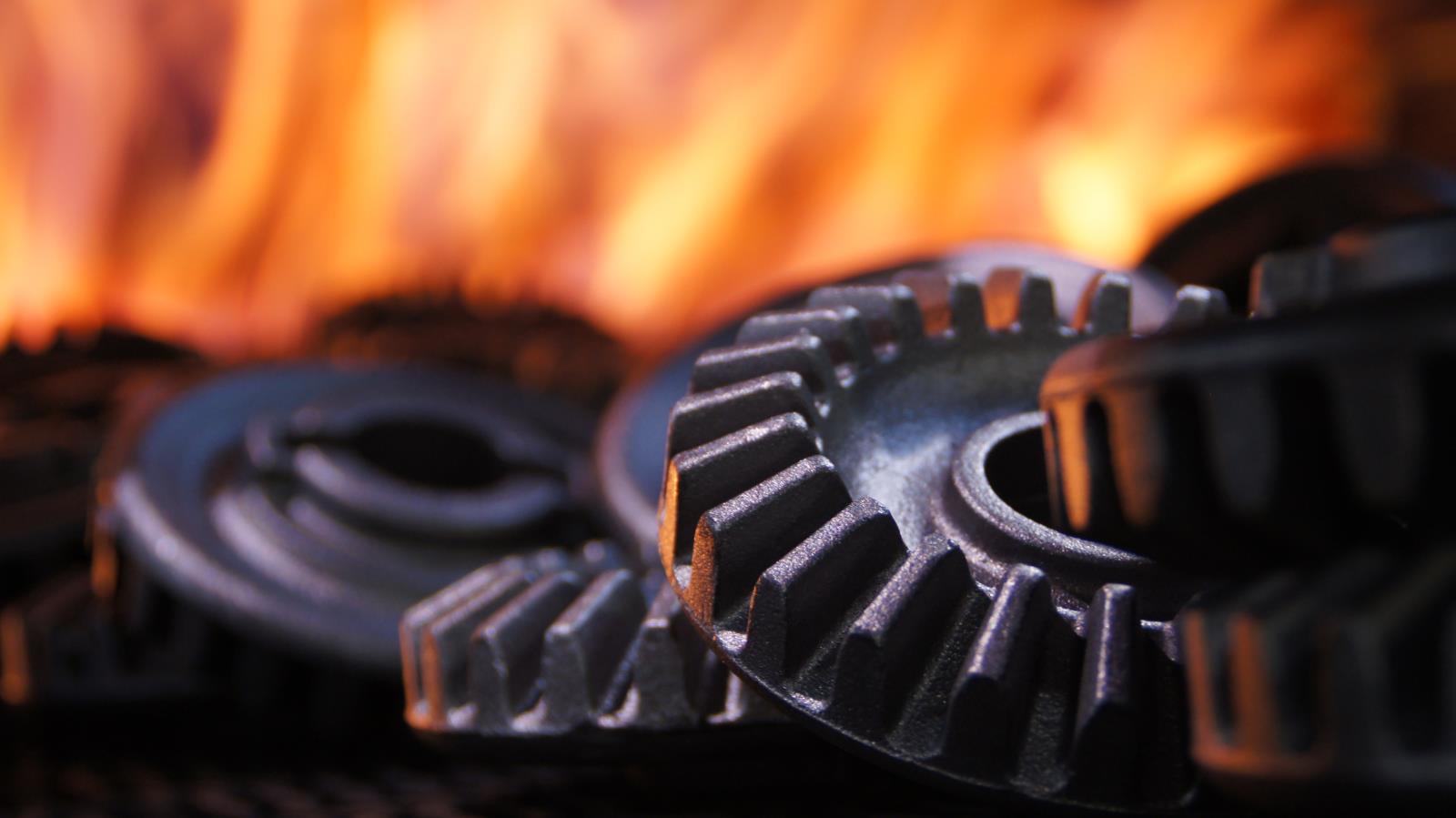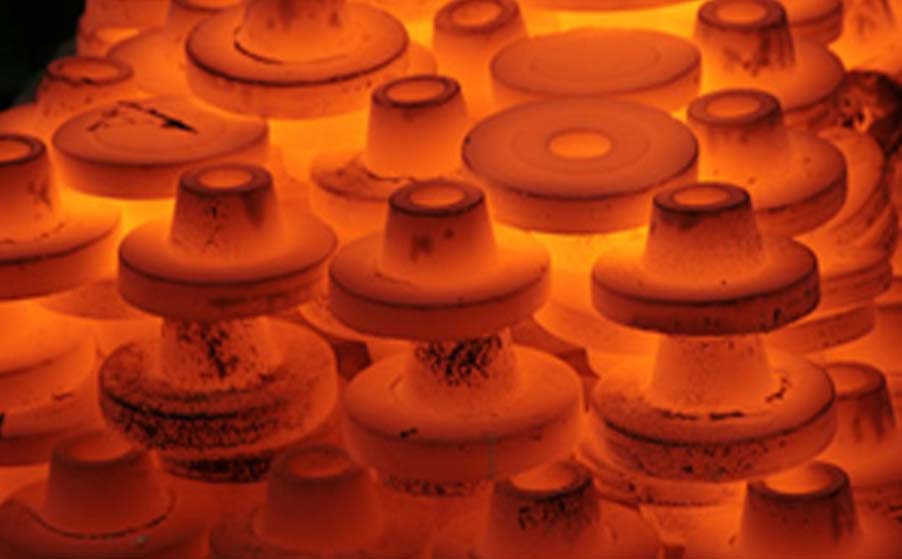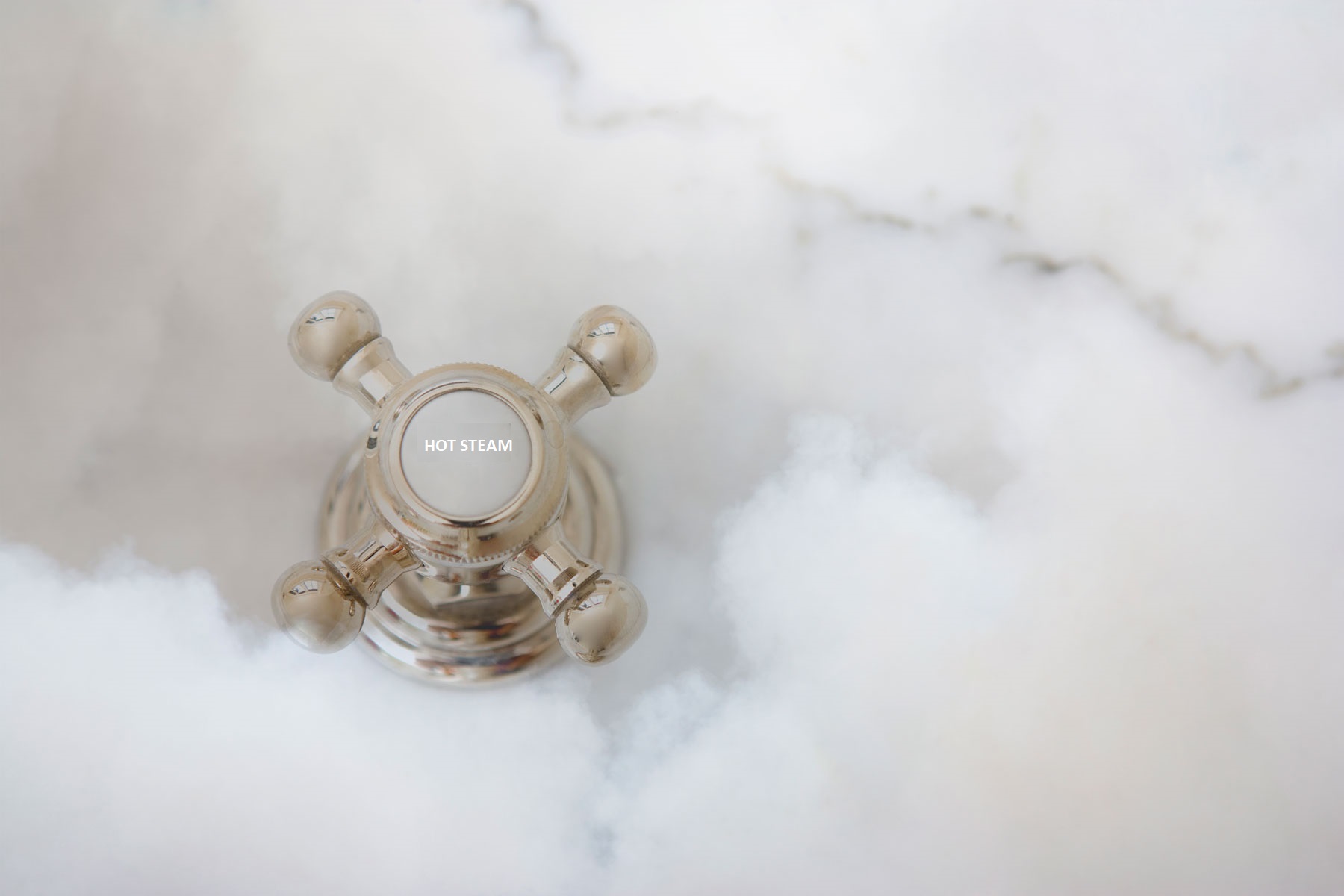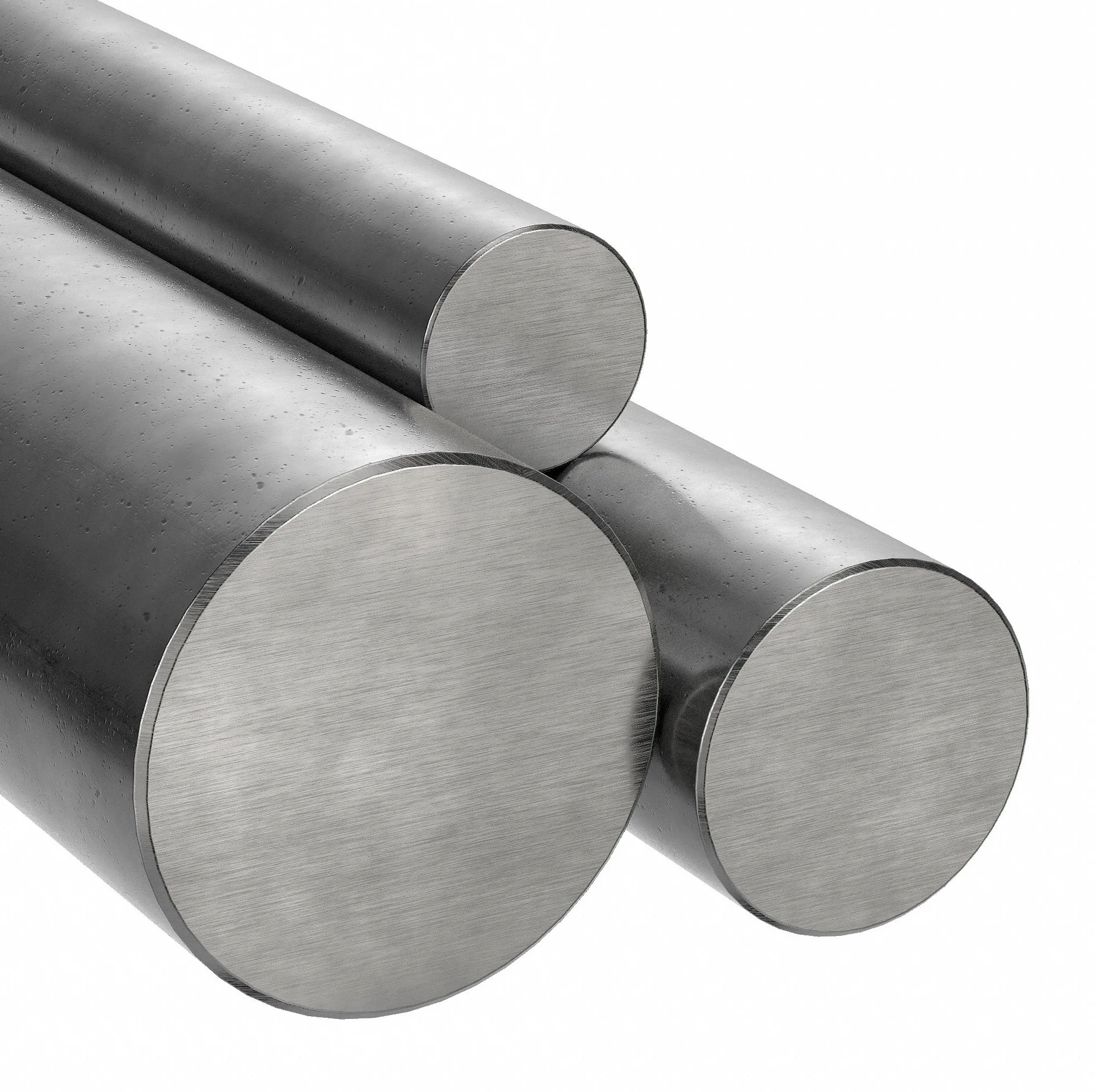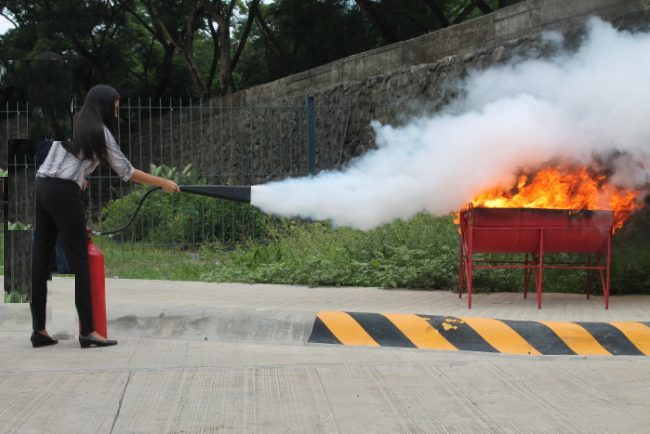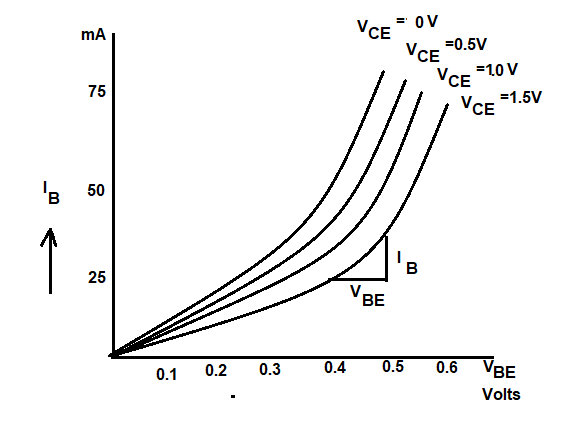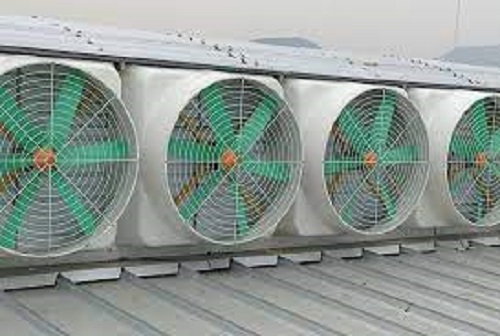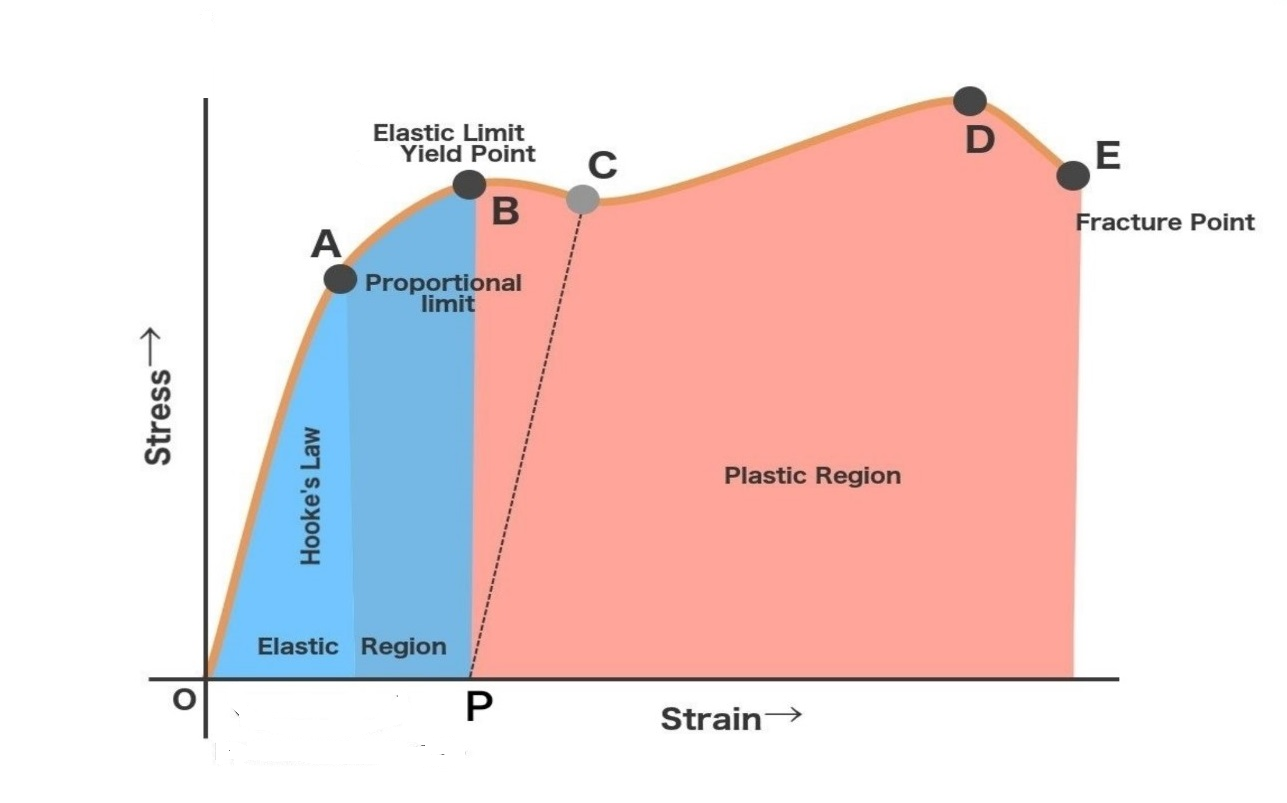Process heat treatments to metal is the process of heating metal without it reaching its molten state, or melting, stage. And also then cooling the metal in a controlled way to get desired mechanical properties. Also, heat treatment is used to make metal strong and more malleable, more resistant to abrasion or more ductile
Metal heat treatments
Process 1
Annealing
The purposes of annealing are
- Soften the steel so that it may be more easily machined.
- To relieve the internal stresses which may have been caused by the metal or by unequal contraction in casting.
- Annealing can improve also its machinability. An extremely brittle material can cause excessive wear and tear to the tool. slightly reducing the hardness of the material with the annealing process can reduce the wear.
The annealing process involves heating steel to some temperature and then cooling it at a very slow rate and also controlled,
In an annealing process, a material that can be altered by heat treatment be used. i-e many types of steel and cast iron. Also, some types of aluminium, copper and other materials may also to an annealing process.
Process 2
Tempering
In metallurgy process of tempering improves the characteristics of Heat treatments to metal, like steel, by heating it up to a high temperature, but below the melting point, and then cooling it, usually in the air. The tempering process has the effect of toughness by decreasing brittleness and reducing internal stress. Tempering involves heating the metal to an accurate temperature below the critical point. Also, it is mostly done in the air, vacuum, or inert atmospheres, In the range between room temperature and the critical temperature of the metal.
The treatment is followed by air cooling. The rate of cooling of the heated steel is of no importance in tempering. The purpose is to remove extra brittleness caused during hardening. The substance after hardening is a very hard and brittle material rendering the tool unsuitable for practical use as the tool will break when subjected to blows and shocks. Through this process brittleness and hardness decrease, and toughness and ductility increase.
Process 3
Quenching
To get the material very hard the cooling must be so rapid the temperature of transformation is lowered from about 7500C to 3000C. This involves very rapid cooling and brings trouble with distortion and cracking. There are two factors that can cause the metal to crack
- When the metal is cooled it undergoes a general contraction which is not uniform but occurs first at the outside surface and in the thin sections of the articles.
- When the steal cools through the critical range an expansion takes place. Now If we could arrange to cool the metal so that its whole volume could be suddenly cooled at the same instant, we should not experience much trouble with volume changes but unfortunately, it is not possible.
Proses 4
Normalizing
The object of normalizing is heat treatments to the metal process to refine the structure of steel. And also remove strains that may have been caused by cold working. When steel is cold worked (hammered, rolled or bent) in cold conditions, the cry’s total structure is destroyed and metal may be brittle and unreliable.
Also when steel is kept heated for a considerable Period well above the higher critical point as it is necessary for prolonged forging, growth in the grain size takes place and when cool the metal may have lost its toughness. If the steel is slowly heated to its Annealing temperature, the structure is in the most refined state. And normalizing consists of cooling it in the air from this point.
Process 5
Nitriding
It is a gas process through which a super hard surface is obtained, it can be only effectively employed for alloy steels. It is done at 5800C and therefore metal can-not be tempered further. All alloys arid alloys which contain a higher amount of aluminum respond best to this process. In operation, the metal is heated to the correct temperature in an atmosphere of NH3 gas which dissociates into free nitrogen and hydrogen. Nitrogen combines with alloy constituents to form nitrides leaving the surface hard
Process 6
Cyaniding
It is a process in which carbon and nitrogen both are absorbed by the metal surface to get hardened. Resulting in a tough but soft ductile core. Through these sites, a portion or entire surface of the metal can be hardened. The metal piece is heated by immersion in a bath of cyanide salts such as sodium cyanide or potassium cyanide to a temperature to get of 8700C. Then quenched in oil or water to get a hard surface. It is mainly used for hard surfaces and low-carbon sects
Process 7
Care hardening
It is a process through which a hard surface is (obtained) produced on steel having a tough Core inside. The main theory behind this process is to heat the steel to red hot and force the carbon contents into its surface structure so that a certain depth all along its surface becomes rich in carbon. It is then hardened as usual.
